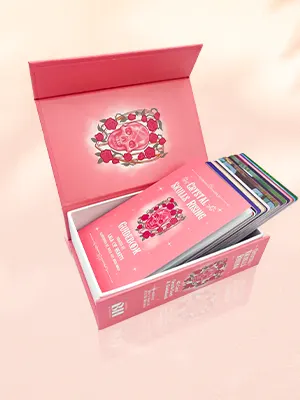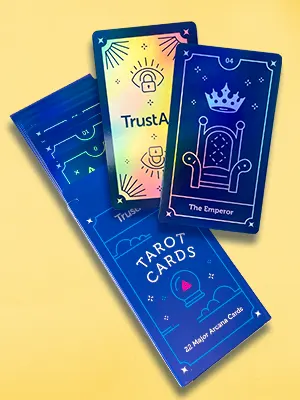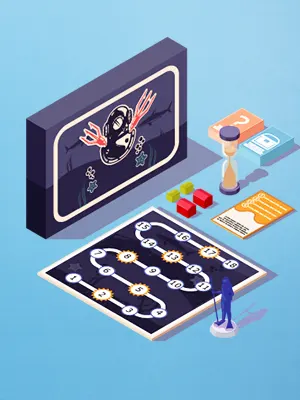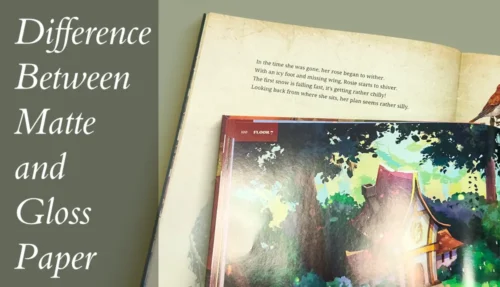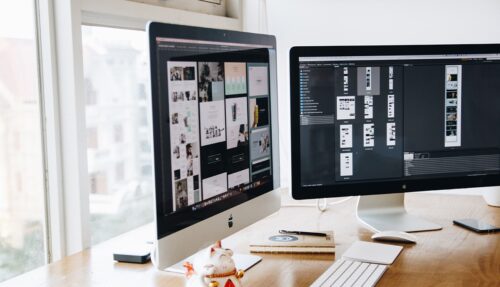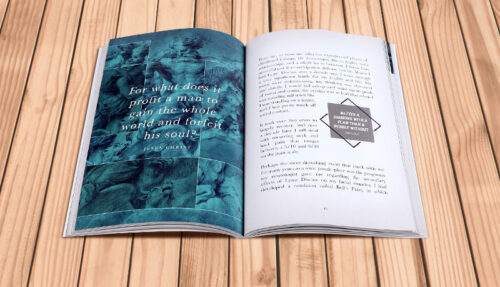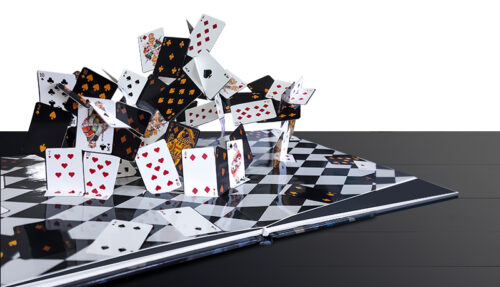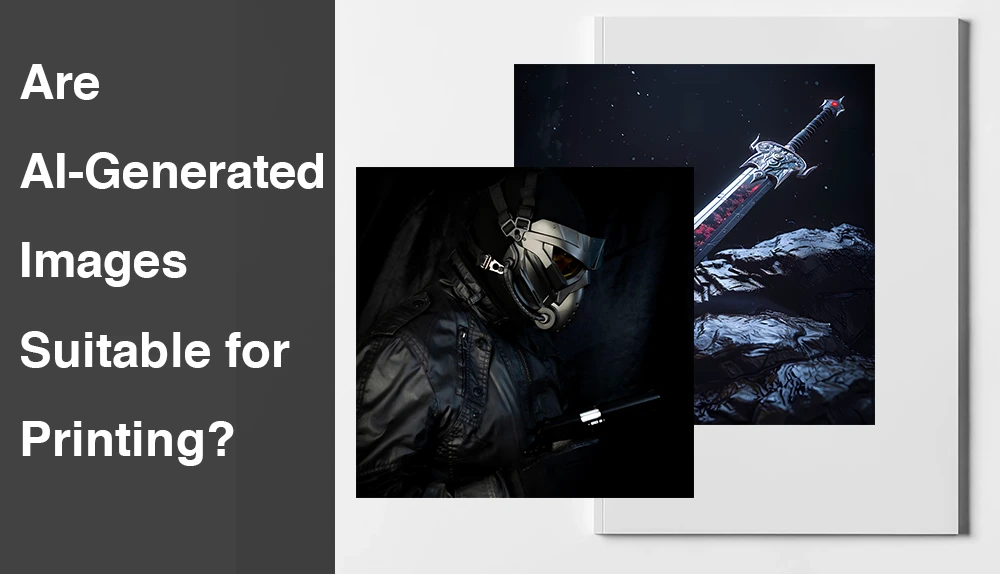
If you’re a writer, storyteller, or self-publisher, you’ve likely been in this scenario: “I’ve finished editing my book, and now I need beautiful images for the cover or the illustrations—where do I find them?”
In the past, the options were straightforward: you could draw or edit the images yourself, hire a professional artist to illustrate for you, or download stock images from various websites. But a new option has arisen in recent years—letting AI (Artificial Intelligence) programs generate images based on your prompts. This then raises the question: are AI-generated images suitable for printing?
Regardless of ethical or artistic dilemmas, the technical answer is simple: yes—as long as they are of high enough resolution (300 PPI) and converted to CMYK. In this regard, they will be treated no differently to all other images. However, from a non-printing standpoint, you may still need to handle other issues yourself, such as a lack of copyright or imperfections in the AI-generated details.
Understanding Resolution (PPI)
PPI (pixels per inch) refers to the number of dots printed per inch. A higher PPI will result in an image of higher quality. The formula for calculating image resolution is:
Resolution (PPI)=Total number of pixels in image / Print size (inches)
Or, to determine the required pixel dimensions for printing:
Number of pixels = Print size (inches) × Standard print PPI
Example:
– To print a 4×4 inch image at 300 PPI → 4×300 = 1200 pixels per side → 1200×1200 px
– To print an 8.5×11 inch image at 300 PPI → 8.5×300 = 2550, 11×300 = 3300 → 2550×3300 px
Quick tip: Always make sure your print dimensions are in inches when doing this calculation.
You can also use a simple program to calculate the required pixel size: just enter your desired print dimensions in inches, and it will automatically give you the pixel dimensions for 300 PPI.
AI Image Generation and Sizes
Get to understand how to produce AI-generated images of different resolutions:
- Common resolutions: Default image sizes are usually 512×512 px or 1024×1024 px. Some tools support larger sizes like 2048×2048 px or 4096×4096 px. Examples: Stable Diffusion, MidJourney.
- Maximum resolutions: Paid or advanced services may offer images in 4K (~3840×2160 px) or higher. Professional AI programs can even go beyond 6000×6000 px, and tools like Let’s Enhance can upscale images to hundreds of megapixels.
- Upscaling solutions: You can generate a smaller image and use AI upscaling software (e.g., Topaz Gigapixel, Let’s Enhance) to enlarge it several times while retaining detail.
- Custom dimensions: Many AI image generators allow you to set specific aspect ratios or image sizes to match your printing needs.
In short: basic AI-generated images range from 512×512 px to 1024×1024 px. Advanced or paid tools can generate images of 4096×4096 px or higher.
Recommended Printing Sizes for AI-Generated Images for Books
Below is a quick reference table for how AI-generated images translate to print, assuming a baseline of 300 PPI:
| AI Image Size | Recommended PPI | Suitable Print Size | Notes |
|---|---|---|---|
| 512×512 px | 300 | ~1.7×1.7 inch | Small prints or icons |
| 1024×1024 px | 300 | ~3.4×3.4 inch | Small illustrations |
| 1792×1024 px | 300 | ~6×3.4 inch | Horizontal illustrations |
| 2048×2048 px | 300 | ~6.8×6.8 inch | Medium illustrations |
| 3840×2160 px | 300 | ~12.8×7.2 inch | Large illustrations or covers |
| 4096×4096 px | 300 | ~13.6×13.6 inch | Large prints or cover art |
Color Mode: RGB vs CMYK
AI-generated images are usually in RGB color mode, which looks great on screens but does not always match physical, printed colors. When printing, you should convert all images to CMYK color mode, ideally using a standard profile like Japan Color 2001 Coated. This helps minimize color differences between what you see on your computer and the final printed product.
Conclusion: Printing AI-Generated Images
Technically, AI-generated images are suitable for printing—as long as the resolution is high enough (300 PPI) and they are converted from RGB to CMYK color mode. When these requirements are met, printers treat AI images the same as any other image, regardless if you generate high-res images directly or upscale smaller ones. If you cannot create images yourself, hire a professional, or purchase stock images, AI image generation tools can be a viable alternative. Just remember: non-printing issues like copyright or “AI hallucinations” are still your responsibility.

